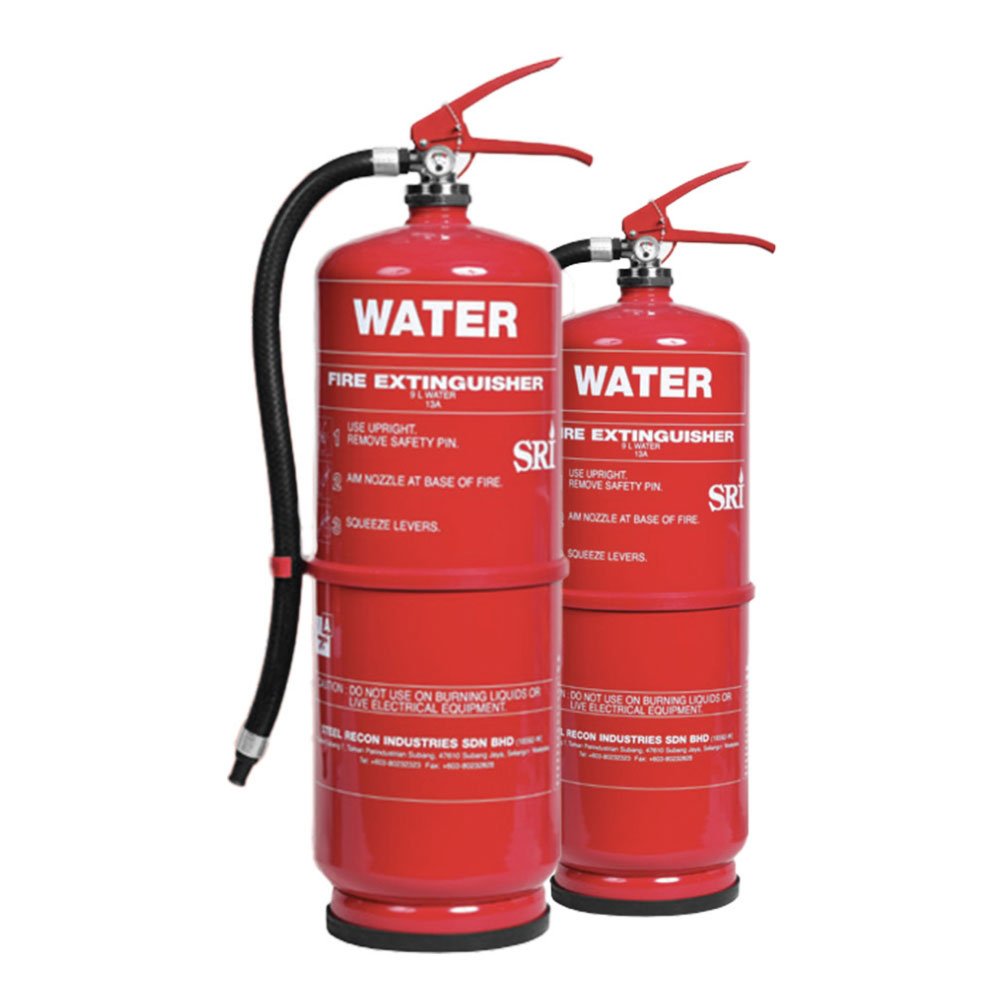Fire extinguishers may not be the most glamorous or exciting items in your home or workplace, but when it comes to fire safety, they are absolutely essential. These small yet mighty devices can mean the difference between a minor incident and a devastating disaster. We will examine the many kinds of fire extinguishers that are available and their intended use in this blog post. Whether you’re a homeowner looking to protect your family or a business owner concerned about employee safety, understanding these fire-fighting tools is crucial for ensuring the well-being of everyone around you. So let’s dive in and discover how these humble heroes can save lives!
The Importance of Having a Fire Extinguisher
Fire safety is a crucial aspect of protecting our homes and workplaces. One essential tool that should never be overlooked is the fire extinguisher. Having a fire extinguisher readily available can mean the difference between a small incident and a devastating blaze.
The importance of having a fire extinguisher cannot be stressed enough. Fires can start unexpectedly, whether it’s due to faulty wiring, cooking accidents, or other unforeseen circumstances. In these moments, having an extinguisher within reach can help control the flames before they spread and cause extensive damage.
Fire extinguishers are designed to tackle different types of fires, such as those caused by flammable liquids or electrical equipment. Each type contains specific agents that effectively suppress different classes of fires. By understanding the various types available, you can better equip yourself with the appropriate extinguisher for different situations.
Not only does having a fire extinguisher provide peace of mind, but it also empowers individuals to take immediate action in case of an emergency. It allows you to become your own first responder and potentially save lives and property from destruction.
Types of Fire Extinguishers and Their Uses
When it comes to fire safety, having the right type of fire extinguisher can make a world of difference. Different types of fires require different approaches, which is why there are various types of fire extinguishers available. Let’s examine a few popular kinds and their applications.
Water-Based Fire Extinguishers

When it comes to fire safety, water-based fire extinguishers are a popular choice. These extinguishers are designed to be effective against Class A fires, which involve common combustible materials such as wood, paper, and fabric.
One of the major advantages of water-based fire extinguishers is their simplicity and ease of use. They work by cooling down the flames and reducing the temperature of the fuel source, eventually leading to extinguishment. This makes them ideal for tackling small fires that have just started.
Another benefit of water-based extinguishers is that they do not leave behind any harmful residue or chemicals after use. This means there is no need for extensive cleanup or worry about toxic substances being released into the environment.
Foam Fire Extinguishers

Foam fire extinguishers are a versatile and effective tool when it comes to combating fires. These types of extinguishers are specifically designed for Class A and B fires, which involve solid materials such as wood or paper (Class A) and flammable liquids like gasoline or oil (Class B).
One of the key advantages of foam fire extinguishers is their ability to create a cooling effect on the fire, helping to suppress its heat and prevent reignition. The foam forms a blanket over the fuel source, cutting off its oxygen supply and smothering the flames.
Carbon Dioxide Fire Extinguishers

Carbon dioxide fire extinguishers are a type of fire extinguisher that use carbon dioxide gas to put out fires. They are commonly used in areas where there is a risk of electrical or flammable liquid fires, such as offices, server rooms, and laboratories.
One of the benefits of carbon dioxide fire extinguishers is that they leave no residue after use. This means that there is no need for extensive clean-up after putting out a fire. The carbon dioxide gas simply dissipates into the air, leaving behind no trace.
Another advantage of carbon dioxide fire extinguishers is their effectiveness on Class B (flammable liquids) and Class C (electrical) fires. The gas smothers the flames by displacing the oxygen necessary for combustion. It also cools down the temperature of the fire, helping to prevent re-ignition.
Dry Chemical Fire Extinguishers

When it comes to fire extinguishers, one type that often comes to mind is the dry chemical fire extinguisher. These versatile devices are designed to tackle a wide range of fires, making them a popular choice for many homes and businesses.
One of the key advantages of dry chemical fire extinguishers is their effectiveness against different types of fires. Whether it’s a Class A fire (involving ordinary combustibles like wood or paper), a Class B fire (involving flammable liquids such as gasoline or oil), or even a Class C fire (where energized electrical equipment is involved), dry chemical extinguishers can handle them all.
The main component in these extinguishers is a powder-like substance that acts as the agent to suppress flames. This powder can be made from various chemicals, including ammonium phosphate and sodium bicarbonate. When discharged onto the flames, it forms a barrier that helps smother the fire and prevent re-ignition.
Conclusion
Fire extinguishers are an essential safety tool that everyone should have in their homes and workplaces. They can help prevent small fires from escalating into dangerous situations, potentially saving lives and property.
Understanding the different types of fires and matching them with the appropriate fire extinguisher is crucial. Water-based fire extinguishers are effective for Class A fires involving solid materials such as wood or paper. Foam fire extinguishers work well on both Class A and B fires, making them versatile options.
Carbon dioxide fire extinguishers are ideal for electrical equipment fires (Class C) because they do not leave any residue behind. Dry chemical fire extinguishers are suitable for tackling a variety of fires, including those involving flammable liquids (Class B) and electrical equipment (Class C).
Halon fire extinguishers were once widely used but have been phased out due to their harmful effects on the environment. It is important to note that halon alternatives such as clean agent or inert gas systems may be available in some cases.
Read Also: Easiest Way to Download YouTube Thumbnails


